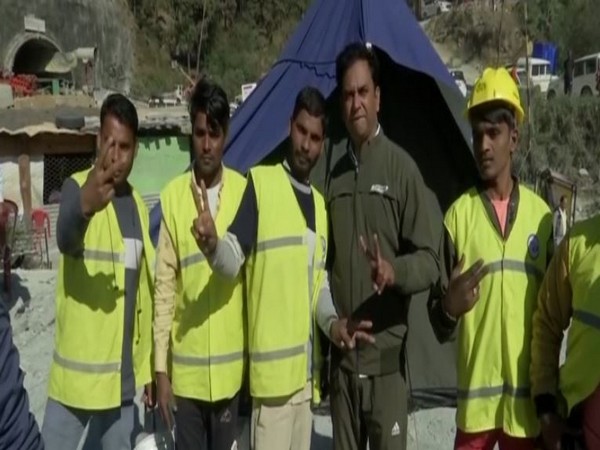When heavy machinery broke down in an effort to drill through the debris that had trapped 41 workers in the Silkyara tunnel, the rescuers resorted to rat-hole mining, a banned practice in the country.
Rat hole mining involves digging of very small tunnels, through which skilled workers enter and extract coal or debris.
Rat mining rescue team leader Vakeel Hasan while recounting his memories of the moment when the team of the miners saw the workers, said that it was like offering water to the person who is about to die with thirst.
“It was a very emotional feeling when we saw them and they saw us. It was like a person getting some water on a deserted land. It was like everyone accomplished their purposes. We fulfilled the commitment that we made… All the workers came out of the tunnel without a scratch…” Hasan said.
Rat-hole miners emerged as the heroes as they drilled with their hands to safely evacuate all workers on Tuesday.
Speaking about the process and technique of going into tight spaces to reach the trapped workers on Tuesday, Hasan said that the miners had installed a pipe to 18 meters.
“We installed a pipe till 18 meters… Munna and I are partners, and the other 10 are workers… actually, we had to dig for 15 meters but when we couldn’t reach the workers, we dug more three meters….In the pipe, we started the ‘chuha boring’ technique- this is the same way, a rat digs the soil. The way it pushes the soils behind it and then proceeds, this is the same technique,” Hasan added.
Munna, the partner of Vakeel Hasan said that the trapped workers were hugely relieved and showered them with love when they saw them for the first time.
“When four of my workers went inside the tunnel where the workers were trapped, the labourers asked them to call me and when I reached there, they asked me what I wanted. As soon as they saw me, they showered all their love to me and asked whether I wanted their lives, money, or the position of God. I said that I only need your love,” Munna said.
This rat-mining method has faced severe criticism due to its hazardous working conditions and numerous accidents leading to injuries and fatalities.
The National Green Tribunal (NGT) banned the practice in 2014 and retained the ban in 2015.
The 41 workers had been trapped since November 12 when the part of the tunnel they were helping to construct in Uttarakhand gave way, blocking their only exit with more than 60 meters of broken rock, concrete, and twisted metal.
Of the 41 men, eight are from Uttar Pradesh, 15 are from Jharkhand, two are from Uttarakhand, five are from Bihar, three are from West Bengal, five are from Odisha, two are from Assam, and one is from Himachal Pradesh.
The first workers were brought out following a series of agonizing setbacks, during which rescue efforts were halted when the heavy drill meant to break through the debris broke down, forcing workers to adopt riskier methods. (ANI)
For more details visit us: https://lokmarg.com/









